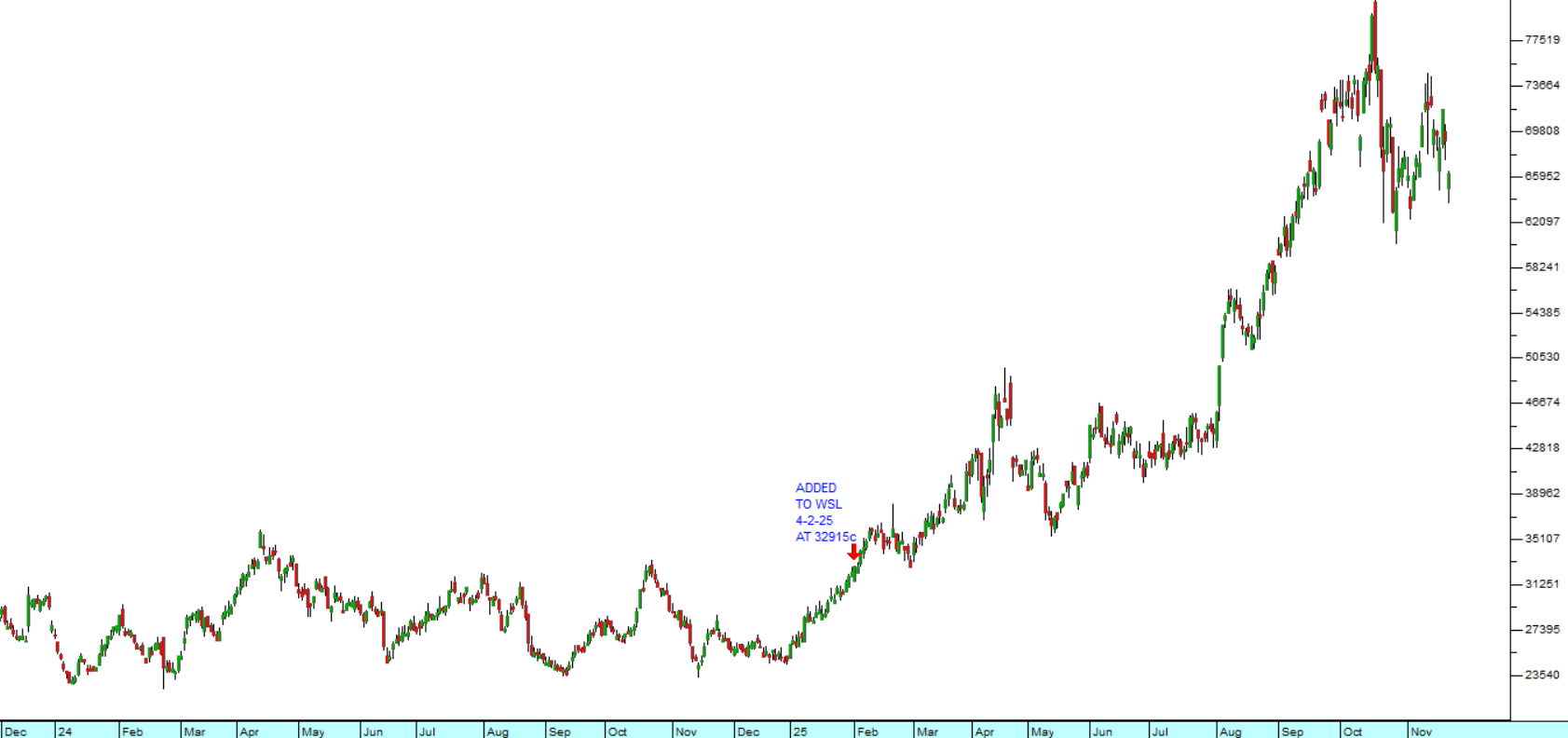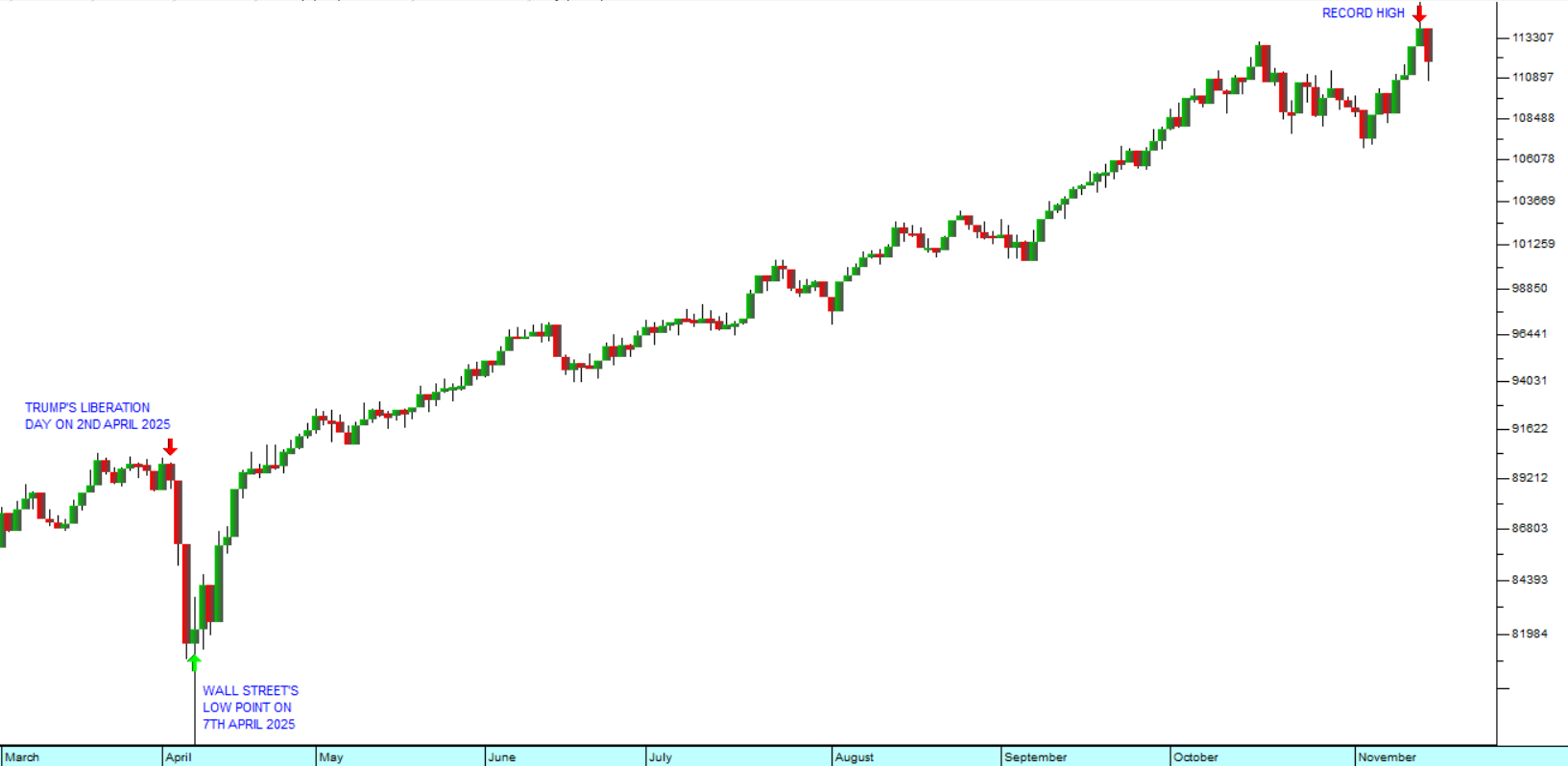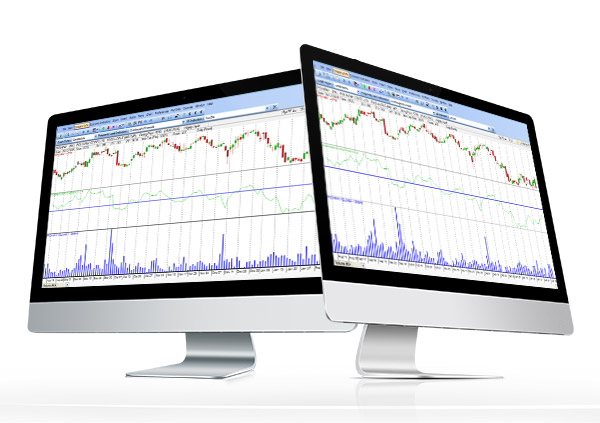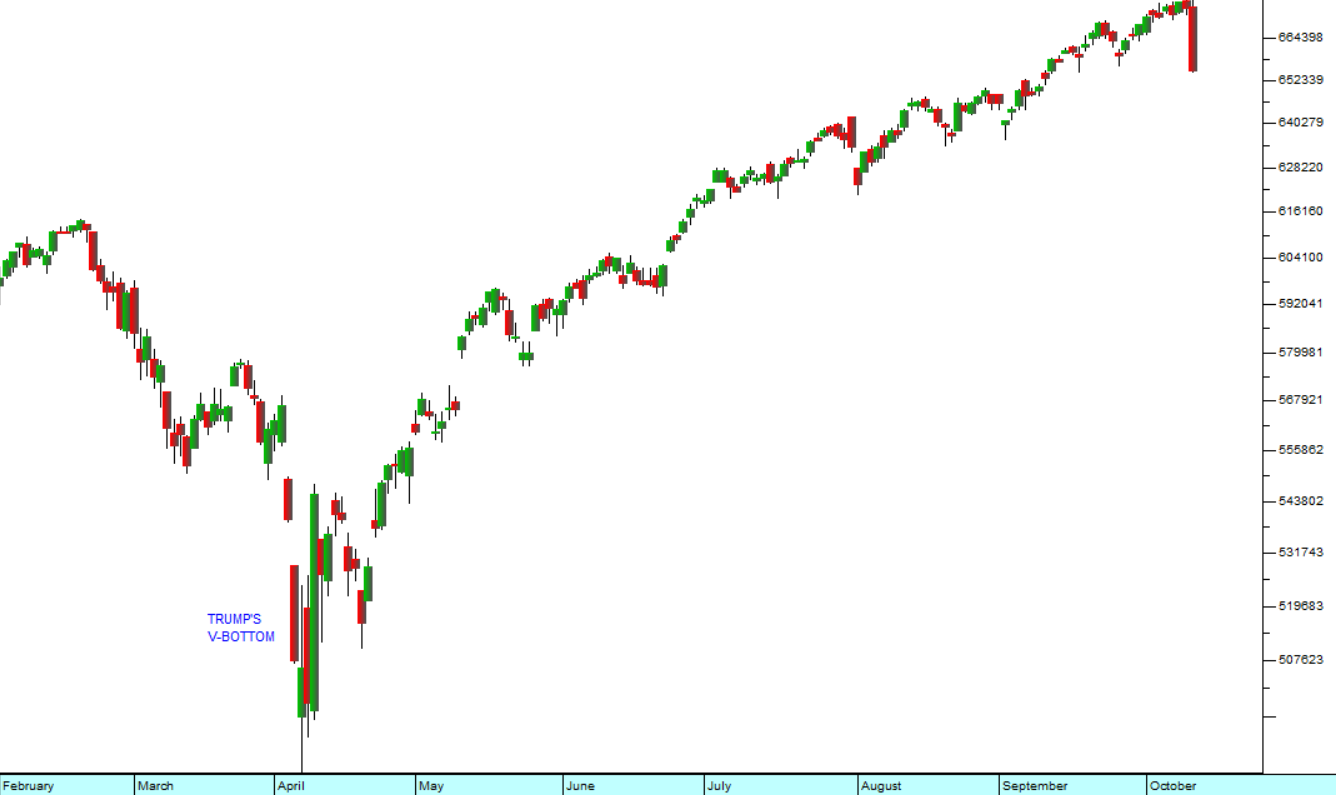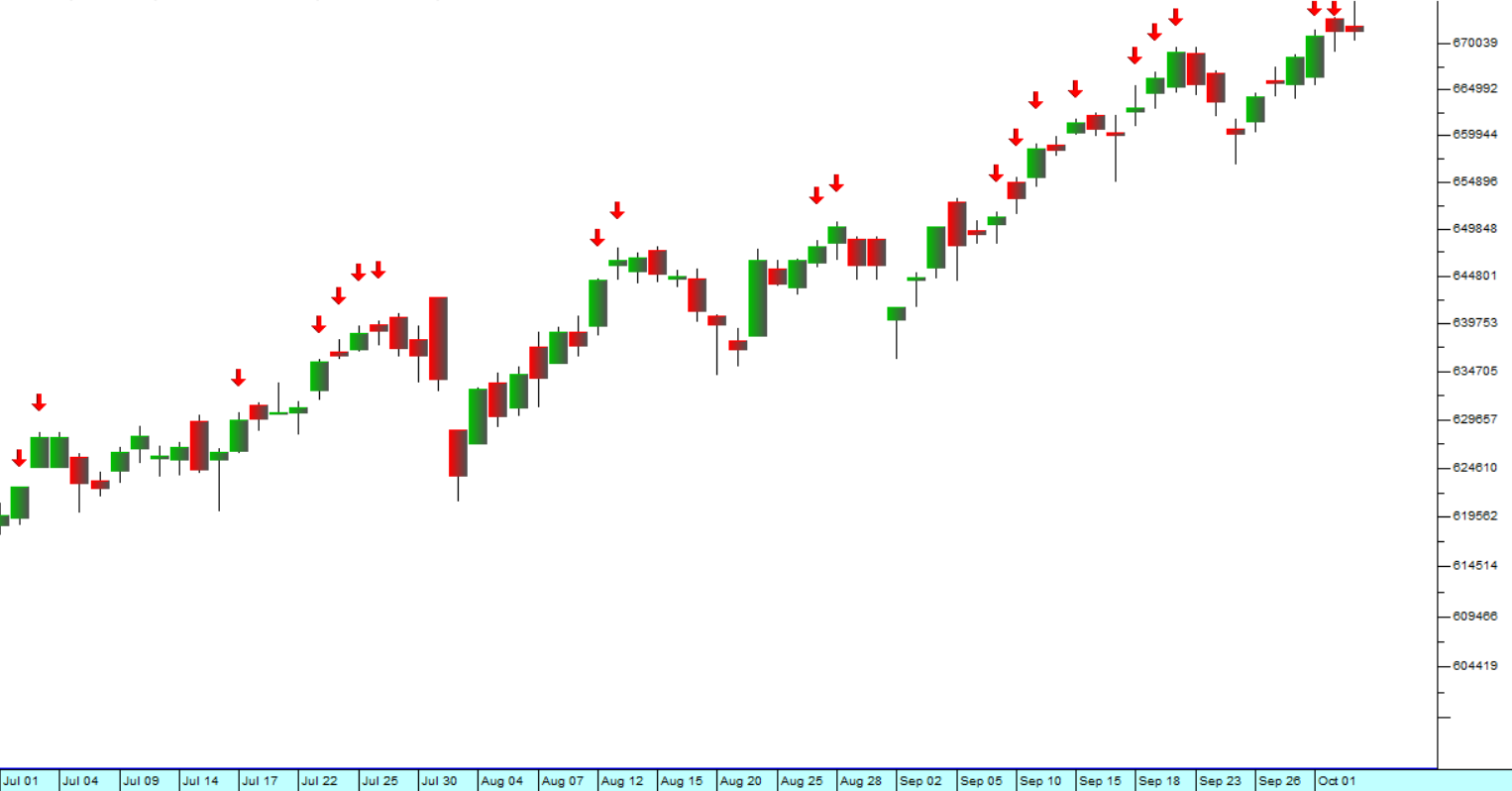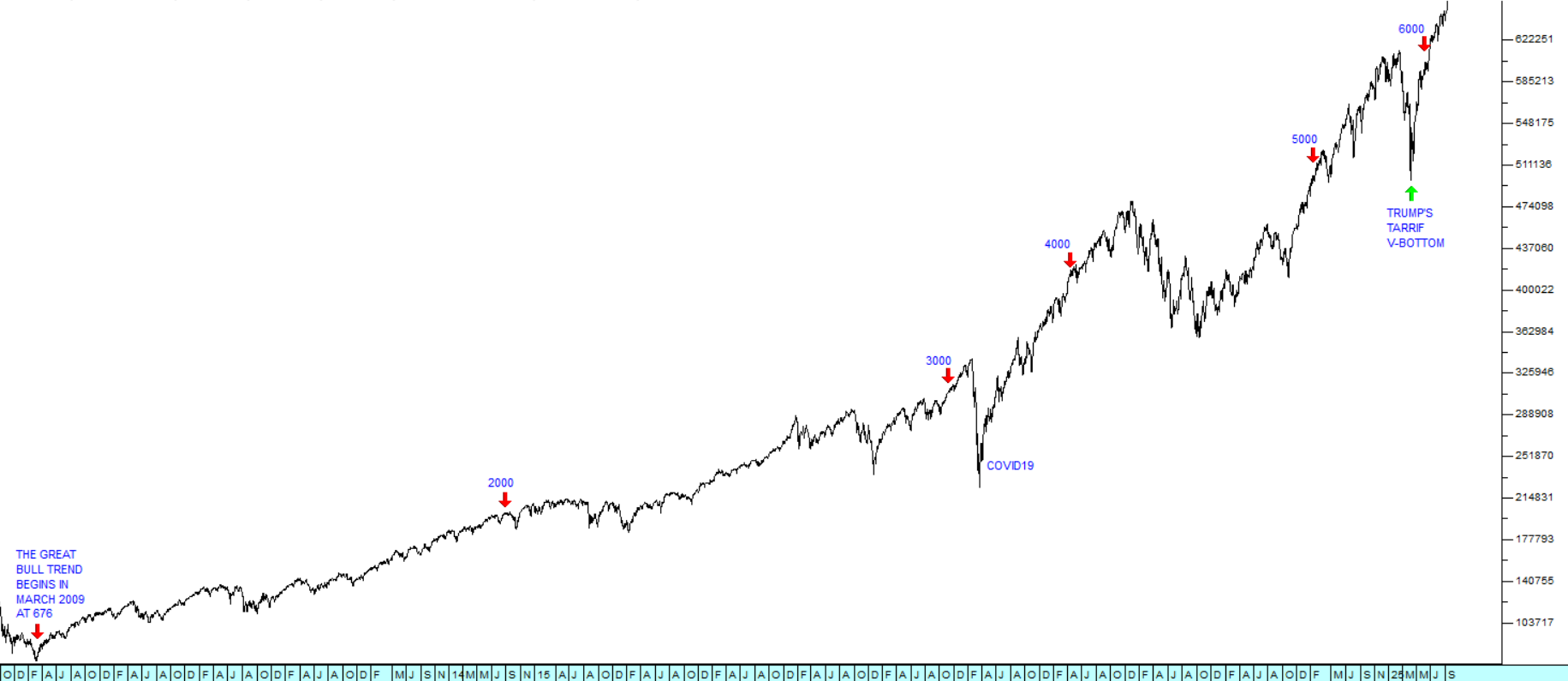Sibanye takes off
28 July 2025 By PDSNETWe have been writing about Neal Froneman and Sibanye for years now. Beginning in 2013, Froneman assembled the Sibanye group over a period of 7 years, buying up mining operations both in South Africa and America at bargain prices. Initially he bought precious metals producers, but more recently he has been diversifying into base metals like zinc and lithium which are benefiting from the surge in solar power installation worldwide.
Precious metals and especially gold are used as reserve assets by all central banks and wealthy investors who move into gold whenever they feel uncomfortable with the level of geopolitical risk in the world. Physical gold does not pay any return so the only reason for investors to hold it is security. Since the outbreak of the war in Ukraine in February 2022, investors have been becoming increasingly nervous and gold has been rising in tandem. The war in Ukraine and more recently in the Middle East have significantly heightened the perceived risk in the world economy leading to a surge in the gold price.
We drew attention to the fact that gold had broken decisively above its long-term resistance in our Confidential Report on 6th March 2024. Since then, the price of physical gold has appreciated by about 60% and Sibanye’s gold mines have benefited in proportion. In its production update on the 3 months to 31st March 2025, Sibanye reported that earnings before interest, taxation, depreciation and amortisation (EBITDA) had jumped a massive 178% at its South African gold mines.
More recently, the price of platinum group metals (PGMs) has also been rising rapidly. Over the last two months the US dollar price of platinum has risen by about 40% and other PGMs have been appreciating in line. The market has suddenly become aware that investment in PGM mines has been lacking for years with many mines closing down or cutting back on production. This has led to growing shortages of these metals on world markets.
Again, in Sibanye’s March production update they say that group adjusted EBITDA from PGMs has increased 89% over the year from R2,2bn to R4,1bn. The company said, “The repositioning of the US PGM operations and restructuring of high-cost and end-of-life mines, along with the realignment of the SA regional services to more effectively support the reduced operating footprint in South Africa, has notably improved Group profitability.”
The company is diversifying away from precious metals with the Keliber lithium project which is now expected to begin production in the second quarter of 2026. The project has received all key permits and the capital costs of developing it are expected to drop substantially.
Shortly after the March 2025 production update on 12th May 2025 we wrote an article about Sibanye in which we said, “We believe that it is one of the premier mining houses in the world and will continue to perform well...” A few days later we added it to the Winning Shares List (WSL) at a price of 2404c. It has since moved up to a high of 4344c before succumbing to some profit-taking and falling back to last Friday’s close of 4172c. This is still a gain of 73% in just 66 days – which is equivalent to an annualised return of approximately 400%, making it the top performer on the list. Consider the chart:
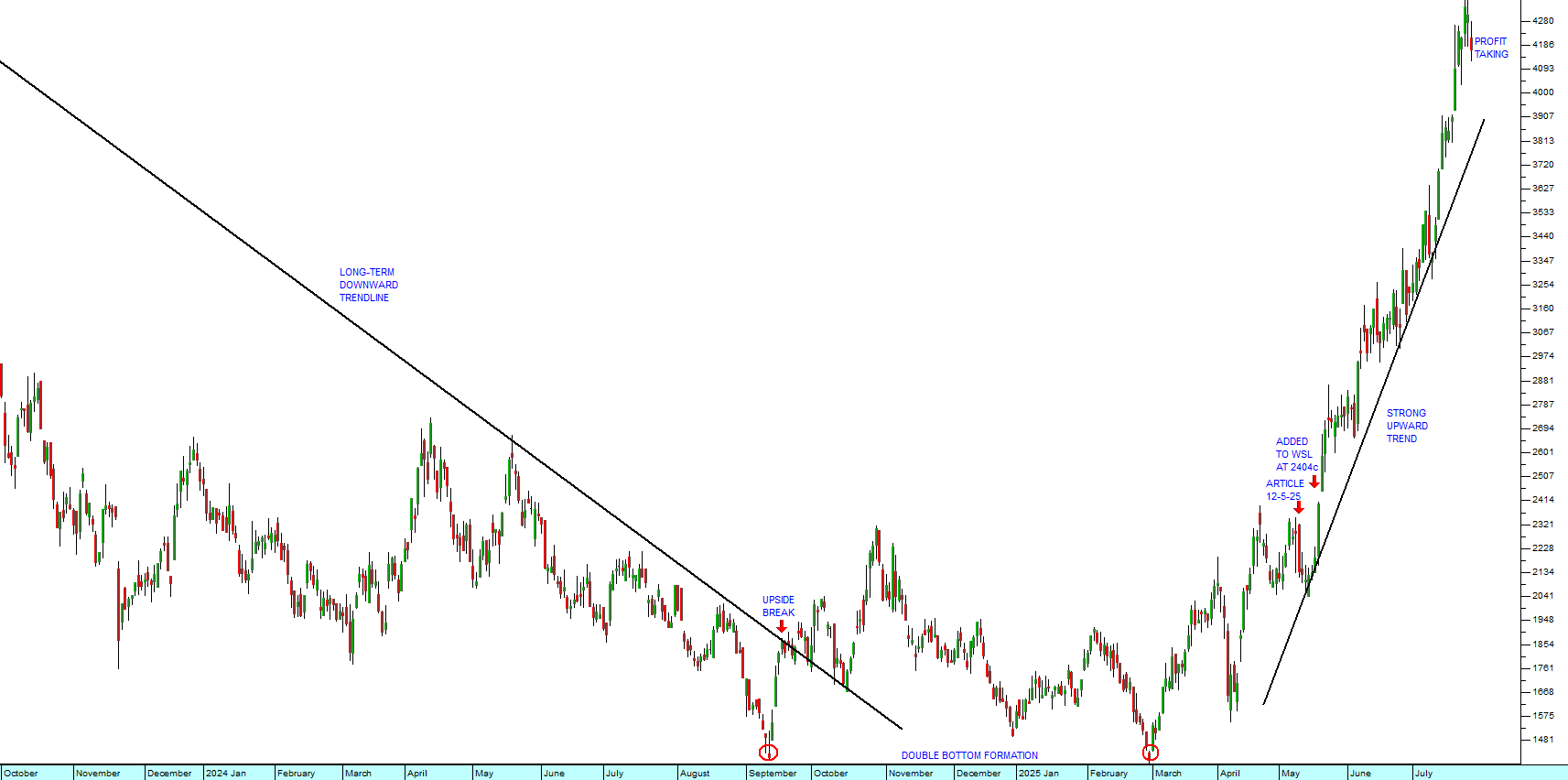
The chart shows the long-term downward trendline which characterised Sibanye shares prior to September 2024. At that time we were advising investors to wait for a clear upside break. That break came in October 2024 and then the share price made a double bottom formation (the red circles) which we drew attention to in our previous article on Sibanye.
The upward trend, since we added Sibanye to the WSL, is nothing short of amazing. Obviously, such a strong move must be met with some profit-taking, but we expect that Sibanye will continue to benefit from the rising prices of precious metals and, in time, from its diversification into base metals. Commodity shares are always relatively more risky than service companies and those involved in industrial production, but the returns that they can produce can be many times greater.
DISCLAIMER
All information and data contained within the PDSnet Articles is for informational purposes only. PDSnet makes no representations as to the accuracy, completeness, suitability, or validity, of any information, and shall not be liable for any errors, omissions, or any losses, injuries, or damages arising from its display or use. Information in the PDSnet Articles are based on the author’s opinion and experience and should not be considered professional financial investment advice. The ideas and strategies should never be used without first assessing your own personal and financial situation, or without consulting a financial professional. Thoughts and opinions will also change from time to time as more information is accumulated. PDSnet reserves the right to delete any comment or opinion for any reason.
Share this article:
